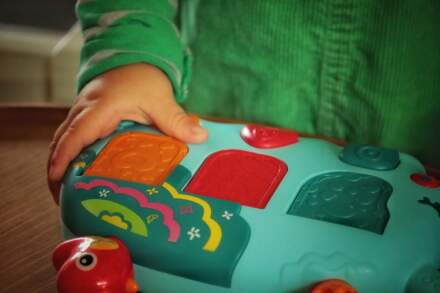Introduction
Child development is a complex and multifaceted process that lays the foundation for lifelong well-being, learning, and success. From infancy to adolescence, each stage of development plays a crucial role in shaping a child’s physical, emotional, social, and cognitive capacities. Understanding these stages is essential not only for parents and educators but also for policymakers and communities striving to create environments that support healthy development. This article delves into the key stages of child development, exploring their significance and how they influence future success.
The Early Years: Infancy to Preschool (0-5 years)
The earliest years of a child’s life are often considered the most critical for overall development. During this period, which spans from birth to around five years of age, children undergo rapid physical and cognitive growth. Their brains develop at an astonishing rate, with neuronal connections forming at a pace that significantly outstrips later stages.
Cognitive Development
Cognitive development in these early years is marked by the acquisition of language and fundamental thinking skills. Children learn to recognize patterns, solve problems, and understand the world around them. Activities that promote cognitive development, such as reading aloud, engaging in play-based learning, and encouraging curiosity, are pivotal. Research indicates that children’s vocabulary and intellectual skills at preschool age are strong predictors of their academic success later in life.
Social and Emotional Growth
Social and emotional development in early childhood is equally critical. Children begin to form attachments with caregivers, learn to express their emotions, and develop empathy. Positive interactions during this stage teach social skills that instill confidence and promote resilience. For instance, children who experience secure attachments with caregivers often exhibit greater emotional stability and the ability to navigate social situations effectively. Conversely, adverse experiences, such as neglect or trauma, can have long-lasting effects, impacting mental health and social skills well into adulthood.
The Elementary Years: School Age (6-12 years)
Once children enter elementary school, they encounter a new array of challenges and developmental milestones. This stage is characterized by the consolidation of skills learned in early childhood and the onset of greater independence.
Academic Learning and Skill Development
At this stage, children refine their cognitive abilities and begin formal education. They develop essential academic skills in literacy and numeracy, laying the groundwork for future learning. Engaging with enriching educational experiences, whether through individualized support or immersive learning environments, is essential. Studies suggest that children with a strong foundation in elementary school are more likely to excel academically in secondary school and beyond.
Social Interaction and Identity Formation
The elementary years also mark a critical time for social interaction. Children learn to work cooperatively with peers, appreciate diversity, and navigate friendships. These experiences play a significant role in developing their self-concept and social identity. Programs promoting collaborative learning and social-emotional skills can have profound effects on children’s relationships and emotional well-being. However, negative experiences, such as bullying or exclusion, can lead to lasting insecurities, affecting self-esteem and mental health in adolescence.
Adolescence: The Teenage Years (13-18 years)
As children transition into adolescence, they undergo significant changes both physically and psychologically. This stage is characterized by identity exploration and the development of more complex cognitive and social skills.
Identity and Self-Exploration
During adolescence, individuals begin to define their identities, explore personal values, and develop a sense of independence. This crucial developmental phase involves trying out different roles, beliefs, and interests. Supportive parenting and mentorship during these years can significantly impact the adolescent’s self-image and achievement levels. Research shows that adolescents who feel empowered to explore their identities tend to have higher self-esteem and lower levels of depression and anxiety.
Skills for Future Success
Adolescents are also preparing for the transition into adulthood, which includes greater expectations regarding responsibility and decision-making. Skills such as critical thinking, emotional regulation, and interpersonal communication become increasingly important for navigating both academic and social challenges. Educational programs that foster these skills—such as project-based learning and service opportunities—can amplify adolescents’ preparedness for higher education and career success.
Conclusion
Child development is a lifelong journey, with each stage building upon the last. The early years lay the groundwork for cognitive, social, and emotional growth, establishing patterns that can influence educational attainment and personal relationships throughout life. The elementary years further refine skills and forge social connections, while adolescence provides an opportunity for self-exploration and preparation for future challenges.
Understanding these key stages of child development empowers parents, educators, and communities to create supportive environments that maximize children’s potential. Investing in early childhood programs, educational resources, and social-emotional learning can yield significant dividends, not only for individuals but for society as a whole. By recognizing the intricacies of child development and embracing holistic approaches, we can better promote resilience, academic success, and overall well-being, thereby unlocking the potential within each child for a brighter future.











Leave a Comment